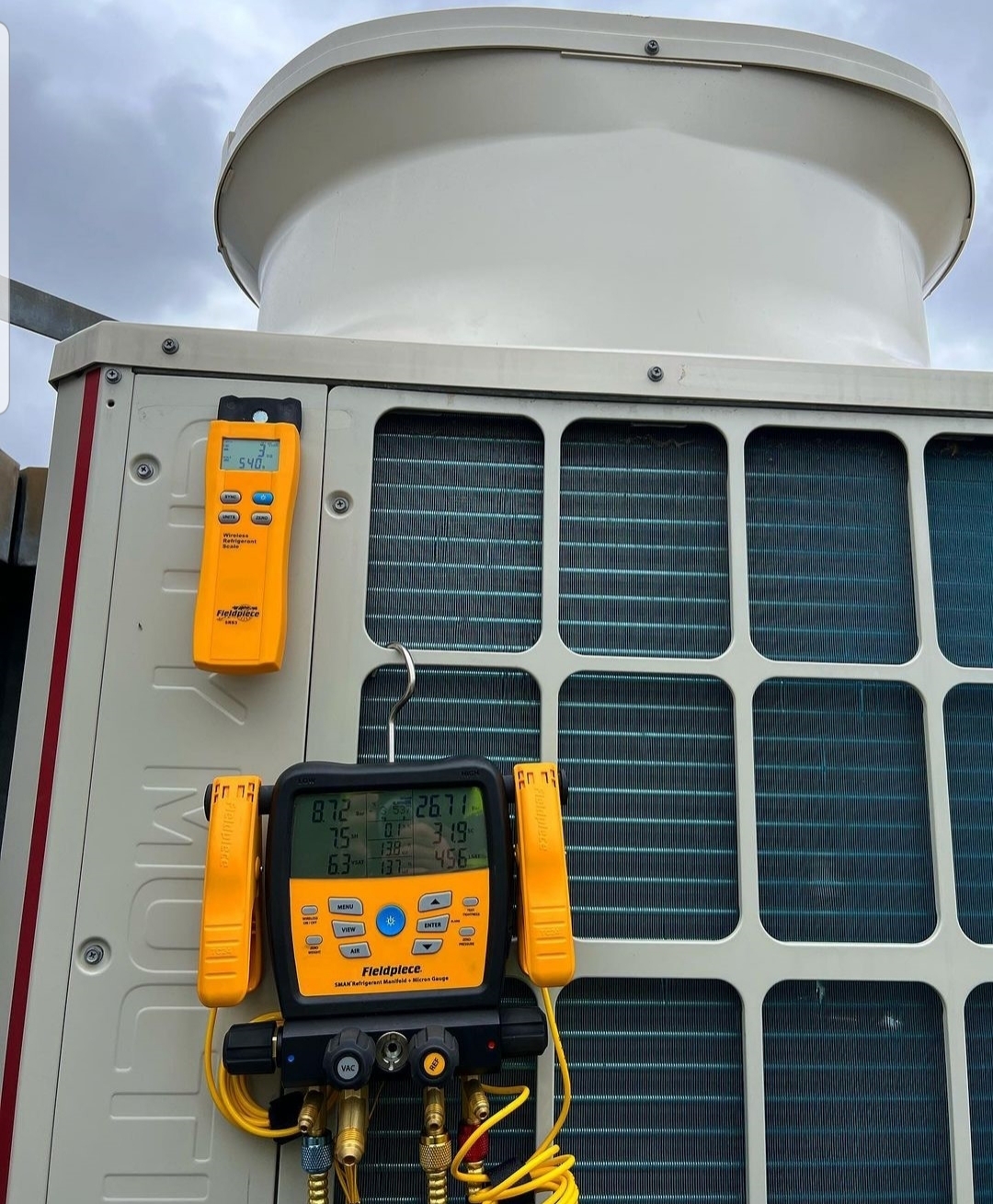Importance of Cold Room Maintenance
Cold rooms play a pivotal role in various industries, including food storage, pharmaceuticals, and research. They are designed to maintain low temperatures to preserve perishable items, prevent bacterial growth, and ensure product quality and safety. Proper cold room maintenance is not just an option; it is a fundamental requirement to uphold its functionality, extend its lifespan, and guarantee the integrity of the stored items. In this comprehensive article, we delve into the significance of cold room maintenance and provide valuable insights to ensure the utmost efficiency, reliability, and safety of these critical facilities.
Understanding Cold Room Components
A cold room is a complex system comprising several vital components working in harmony to maintain the desired temperature. These components typically include a refrigeration unit, evaporator coils, condenser coils, expansion valve, compressor, and thermostat. Understanding how each component functions is essential for effective maintenance and identifying potential issues early on.
Regular Temperature Monitoring
Maintaining the correct temperature is crucial for preserving the quality and safety of the stored products. Regularly monitoring and recording temperature readings are necessary to ensure that the cold room operates within the specified range. Automated temperature monitoring systems can provide real-time alerts in case of any deviations, enabling timely corrective actions.
Maintaining Optimal Humidity Levels
Apart from temperature, controlling humidity levels is equally vital. High humidity can lead to condensation, potentially causing spoilage and bacterial growth, while low humidity may lead to product dehydration. Keeping humidity levels within the recommended range ensures optimal conditions for different items stored in the cold room.
Effective Airflow Management
Proper airflow is critical for uniform temperature distribution within the cold room. Blocked or restricted airflow can create temperature variations, leading to inconsistent product storage conditions. Regularly inspecting and cleaning air vents and fans is essential to maintain efficient airflow management.
Importance of Insulation
Insulation is the backbone of any cold room, significantly affecting its energy efficiency. Well-maintained insulation minimizes temperature fluctuations and reduces the workload on the refrigeration system. Periodically inspecting and repairing any damaged insulation is essential to uphold the cold room’s performance.
Managing Defrosting Cycles
Frost accumulation on the evaporator coils is a common occurrence in cold rooms. If not managed properly, excessive frost can hinder heat exchange, leading to higher energy consumption and inadequate cooling. Regularly defrosting and cleaning the coils is necessary to prevent such issues.
Preventive Maintenance Strategies
Adopting a proactive approach through preventive maintenance helps identify and address potential problems before they escalate. Scheduled inspections, cleaning, and component replacements ensure the cold room remains in optimal condition, reducing the risk of unexpected breakdowns and costly repairs.
Ensuring Proper Door Seals
The cold room’s door seals are crucial for maintaining temperature integrity. Damaged or worn-out seals can result in air leakage, causing the cooling system to work harder and consume more energy. Checking and replacing door seals when necessary is essential for efficient cold room operation.
Energy Efficiency in Cold Rooms
Cold rooms can be significant energy consumers in commercial settings. Employing energy-efficient practices such as LED lighting, motion sensors, and well-regulated cooling cycles can significantly reduce energy consumption, leading to substantial cost savings.
Utilizing Advanced Refrigeration Technology
Advancements in refrigeration technology offer more efficient and eco-friendly cold room solutions. Upgrading to modern refrigeration systems with ozone-friendly refrigerants can improve performance while minimizing the environmental impact.
The Role of Lighting in Cold Rooms
Lighting inside cold rooms requires special consideration. Using LED or fluorescent lights designed for low-temperature environments ensures minimal heat generation while providing sufficient visibility for personnel.
Cold Room Organization and Stock Rotation
Proper organization and regular stock rotation play a crucial role in cold room maintenance. Arranging items strategically and adhering to the “first-in, first-out” principle prevent food spoilage and help maintain optimal inventory levels.
Controlling Microbial Contamination
Cold rooms in the food and pharmaceutical industries must prioritize hygiene and avoid cross-contamination. Implementing robust cleaning and sanitization practices reduces the risk of microbial growth and product contamination.
Cold Room Cleaning Best Practices
Regular and thorough cleaning of the cold room is vital for maintaining a hygienic environment. Following proper cleaning protocols, using approved cleaning agents, and conducting routine disinfection prevent the buildup of pathogens and ensure the safety of stored items.
Addressing Common Cold Room Issues
Certain issues may arise even with regular maintenance. These include compressor malfunctions, refrigerant leaks, and electronic component failures. Promptly addressing and resolving these issues is essential to prevent disruptions in cold room operations.
Importance of Professional Maintenance Services
While regular inspections and maintenance can be performed in-house, seeking professional cold room maintenance services is beneficial. Trained technicians possess the expertise to identify hidden problems and implement precise solutions, optimizing the cold room’s performance.
Monitoring and Data Logging
Implementing data logging systems in cold rooms provides valuable insights into temperature trends, energy consumption, and system performance. Analyzing this data helps in making informed decisions to enhance efficiency and cost-effectiveness.
Extending the Lifespan of Cold Rooms
Proper maintenance not only ensures efficient operation but also extends the lifespan of cold rooms. By addressing minor issues promptly and adhering to recommended maintenance schedules, the overall longevity of the equipment is significantly increased.
Cold Room Security and Access Control
Maintaining strict access control to the cold room is essential for security and safety. Limited access reduces the risk of unauthorized entry and theft while also preventing unnecessary temperature fluctuations.
Training Personnel for Cold Room Operations
Well-trained personnel are essential for efficient cold room management. Properly trained staff can operate the cold room effectively, recognize potential issues, and respond appropriately to emergencies.
Environmental Impact and Sustainability
As environmental concerns grow, businesses must strive for sustainable practices in cold room maintenance. Employing eco-friendly technologies and reducing energy consumption contribute to minimizing the facility’s carbon footprint.
Assessing and Upgrading Cold Room Equipment
Regularly assessing the cold room’s equipment and performance is critical for identifying opportunities to upgrade or replace outdated systems. Investing in modern, energy-efficient equipment ensures better long-term performance and cost savings.
Benefits of Regular Auditing
Conducting periodic audits of cold room operations provides an unbiased evaluation of its efficiency and adherence to maintenance standards. Audits help in identifying potential areas of improvement and ensuring compliance with safety regulations.
Troubleshooting Cold Room Problems
Understanding common cold room issues and troubleshooting methods can empower personnel to handle minor problems independently. Swiftly addressing issues can prevent significant disruptions and costly downtime.
Conclusion
In conclusion, the importance of cold room maintenance cannot be overstated. Regular upkeep, monitoring, and adherence to best practices are vital for preserving product quality, safety, and operational efficiency. By understanding the various components, adopting preventive strategies, and leveraging modern technology, businesses can optimize cold room performance and enhance their overall success


